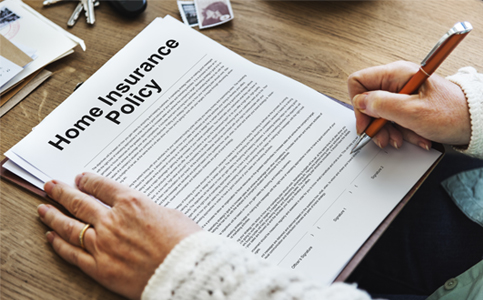With more insurance providers returning to the market, Florida homeowners are seeing a stabilization in home insurance rates, according to local real estate experts. The impact of recent tort reform, which has decreased the number of claims in South Florida, is a key factor in this trend.

Ryan Papy, president of Keyes Insurance at The Keyes Company, noted that insurers are not only ceasing policy cancellations but are also offering coverage options that were unavailable for several years. “This shows that that market will stabilize, and that will have an influence on the options,” he explained. “The tort reform essentially created a more predictable and competitive insurance environment by limiting frivolous claims and making South Florida a more attractive market for insurers,” he added. This legislative shift has directly contributed to rate stabilization and increased consumer choices in residential insurance.
Mr. Papy further explained that, for the past five years, homeowners faced significant rate increases, cancellations, and a shortage of coverage options in the private market, making it challenging to find suitable insurance. “It’s not new carriers, it’s just carriers that weren’t here for a long time that went dormant and weren’t running any new business, and now they’re coming back, and they are writing business, which leads to a more competitive market, and a more competitive market leads to more reasonable rates.”
Reinsurance, which involves insurers transferring risk to other carriers, is another area of concern. Mr. Papy indicated that reinsurance rates, excluding the peak years affected by the COVID-19 pandemic, have increased by 10% to 15% on average. However, he anticipates potential relief in reinsurance rates. “I think we may see some relief on reinsurance rates, and that could be due to a lot of things, like liquidity in the market. All that extra money coming into the market could reduce insurance reinsurance rates, which is based upon supply and demand.”
He concluded, “So overall, rates are going to stabilize. I think homeowners will have more options. If the first option doesn’t work, there will be a second option, where before there was no second option other than an extremely hefty price that people didn’t want to pay.”
Condominium owners face specific challenges, including building inspections and the availability of reserves. “But overall, when it comes to the master plan rates, I have seen those going down now, but for a certain segment of the population, maybe 15% to 20% of the population is probably going up significantly,” he added. These increases are more likely for older condominiums that haven’t undergone recent updates. “These may be condos that aren’t as updated, they don’t have the new windows, they don’t have a new roof or things of that nature.” Despite this, there is optimism. “But overall, I think that the commercial market should see some signs of relief, at least for a subset of the market. I do believe that the worst of the days like that are a little bit behind us, and there’s like brighter pastures ahead in terms of options, better pricing.”


